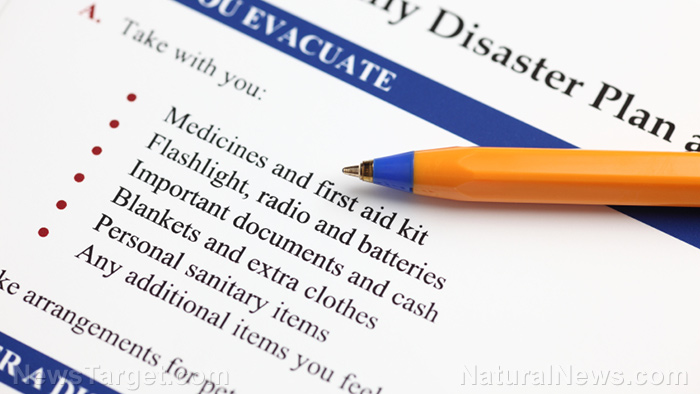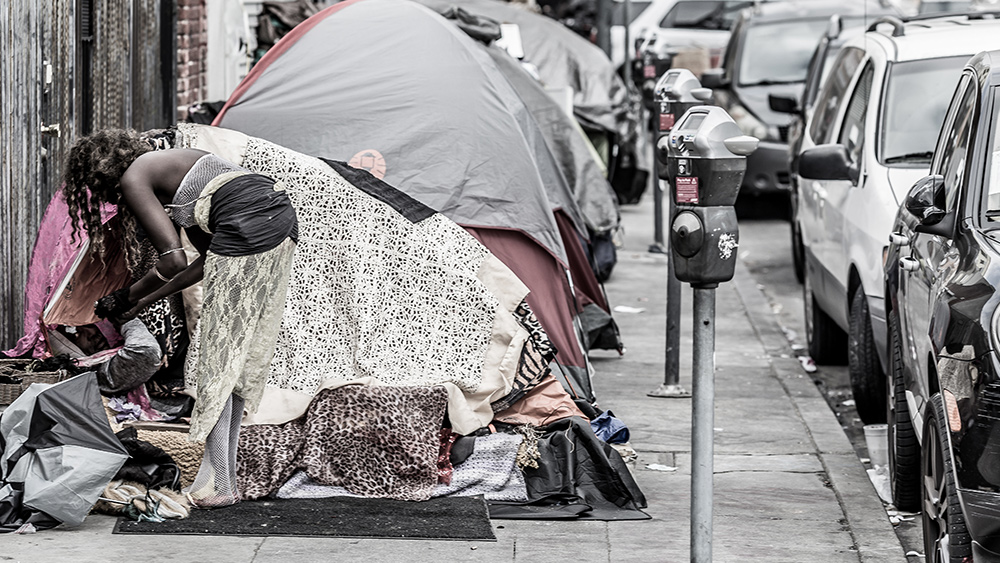
What you need to do
A family escape plan is something every family should have in place. Regardless of where you and your family members are during the day, you should have a “reunification plan” to get everyone back together as soon as possible during a crisis.
An escape plan varies per family – some families have small children, others have no children at all, and others have elderly members. The environments in which families live and work can be different as well. Your goal for making an escape plan is to bring everyone together and keep them safe.
For a plan to be successful, it must have leadership and discipline; you must talk to every family member including children and go through the details together; and you must practice the steps to make it work as intended.
In terms of children going to school, you must be aware of how the system works. You can do an assessment of the school’s evacuation plans and safety measures, which you can incorporate into your family emergency plan.
Locate and evaluate
Start with evaluating the area where your family members spend most of their day. Keep in mind that they may not stay put in one place all day long, including the kids in your family. Check out potential playtime areas and hang-out spots such as a nearby park, a local game arcade or a cafe. Make sure you include these places in your plan. (Related: Don’t have a vehicle when SHTF? Here are 6 possible alternatives.)
Stay in charge
You are in charge of the escape plan, so direct your loved ones on how to implement it. Discuss the route you want everyone to follow to reach home safely or to get to safe zones if they become trapped in their usual hang-out spots. Tell them where you want them to wait for you in case they are located in a different area.
Getting out safe and sound
Explain to your family that when disaster strikes, the escape plan should be executed calmly – that each member should stay confident and focused on completing their part. If one member panics, he or she might make a serious mistake that can drag the entire plan into the mud.
It can take a lot of work to make young kids understand why the family must prepare for emergencies. Be open, honest and patient with children; include them in the emergency plan by giving them certain tasks that are easy enough for them to follow and execute, and important enough to make them understand that they are a crucial part of the plan to keep the family safe and sound during a crisis.
Make your family understand that teamwork is key to the success of your emergency plan – and therefore is key to your survival. Learn more about preparing and surviving as a family at Preparedness.news.
Sources include:
Please contact us for more information.























